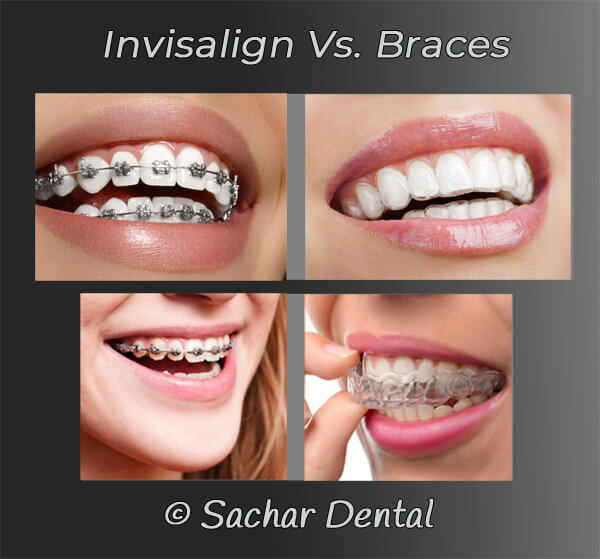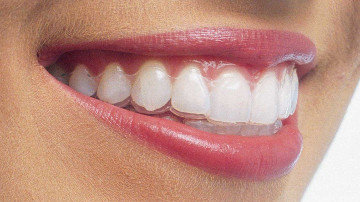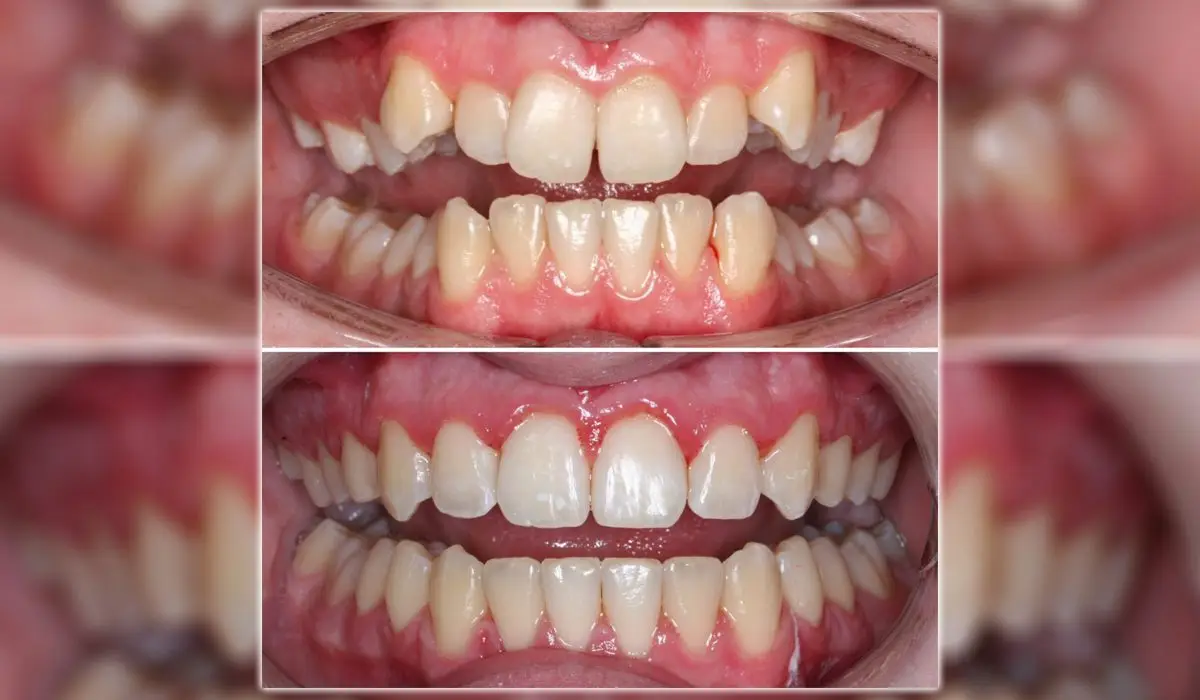What to Expect Throughout Your Invisalign Journey: A Comprehensive Summary
What to Expect Throughout Your Invisalign Journey: A Comprehensive Summary
Blog Article
Invisalign vs. Traditional Dental braces: Which Alternative Is Right for You?
When thinking about orthodontic therapy, the option between Invisalign and standard braces provides a number of vital variables that merit cautious analysis. Invisalign supplies a discreet option with detachable aligners, while traditional dental braces supply a much more visible yet reliable option for severe misalignment.
Summary of Therapy Alternatives

On the other hand, standard braces contain steel brackets and wires that are bound to the teeth. This technique applies constant stress over time to accomplish alignment. While effective for intricate orthodontic problems, typical braces require routine sees for modifications and can present obstacles in preserving dental hygiene as a result of the difficulty of cleansing about brackets and cables.
Both options have their merits, and the choice typically rests on specific oral problems, lifestyle choices, and person compliance. Ultimately, consulting an orthodontic professional is crucial for determining one of the most ideal therapy plan customized to specific requirements. Understanding the nuances of each alternative can considerably influence the overall success of orthodontic treatment.
Aesthetic Factors To Consider
A substantial element influencing the choice between Invisalign and traditional dental braces is the visual allure each treatment supplies. Invisalign aligners are crafted from clear plastic, making them essentially undetectable when put on. This discreet look is specifically interesting grownups and teens that might really feel self-conscious concerning their orthodontic treatment. The capacity to preserve an all-natural smile throughout the positioning process can considerably boost the patient's confidence in professional and social setups.
On the other hand, traditional braces are composed of steel brackets and wires, which can be much more noticeable. While innovations in orthodontic technology have actually caused the development of smaller sized braces and colored elastics, standard braces still keep a more noticeable profile. For some people, the visibility of dental braces might prevent them from looking for essential treatment.
Inevitably, the option in between Invisalign and typical dental braces may rest on individual choices pertaining to aesthetics. Individuals that focus on discernment commonly lean toward Invisalign, while those that are much less worried concerning exposure might select traditional braces. Comprehending the visual effects of each choice is vital for making an educated decision that straightens with one's way of life and preferences.
Comfort and Convenience

In terms of benefit, Invisalign aligners are removable, making it possible for patients to appreciate their favorite foods without restriction and preserve ideal oral health. Brushing and flossing are simplified, as the aligners can be taken out throughout these regimens, whereas typical dental braces need cautious maneuvering around wires and braces.
In addition, Invisalign's progressive system allows for fewer orthodontic visits. Clients normally obtain several sets of aligners simultaneously, which can enhance the therapy process and reduce time invested in the orthodontist's news chair. On the other hand, traditional braces require normal adjustments, making them much less convenient for those with active routines. Invisalign. Overall, the convenience and convenience of Invisalign make it an attractive choice for lots of individuals looking for orthodontic treatment.
Treatment Duration and Performance
While both Invisalign and standard braces work in correcting oral misalignments, the period of treatment can differ significantly in between the two alternatives. Normally, Invisalign treatment can take anywhere from 12 to 18 months, depending upon the intricacy of the case. The clear aligners work by progressively moving teeth into their desired placements, and normal follow-ups with an orthodontist help ensure progression stays on track.
In comparison, traditional dental braces often need a longer dedication, normally ranging from 18 months to three years. This is because of their fixed nature and making use of cables and brackets, which can be extra reliable for extreme misalignments and intricate instances (Invisalign). The therapy performance of typical dental braces is well-documented, as they enable exact modifications and higher control over tooth motion
Eventually, the choice between Invisalign and typical braces may depend upon both the anticipated therapy period and the certain oral problems handy. Consulting with an orthodontist is critical, as they can supply tailored referrals based upon specific requirements, ensuring the picked technique straightens with preferred outcomes and timeframes.
Cost Contrast and Insurance Coverage Options
Price plays a considerable role in the decision-making procedure for people considering orthodontic therapy, whether opting for Invisalign or standard dental braces. Generally, the expense of Invisalign varieties from $3,000 to $8,000, while traditional braces typically cost in between $2,000 and $6,000. Factors influencing these prices include the intricacy of the situation, the duration of therapy, and geographical place.
Many oral insurance coverage strategies supply partial coverage for orthodontic therapies, but the specifics can vary extensively. Typically, conventional braces may be much more often covered by insurance coverage plans compared to Invisalign, which some insurers classify as an aesthetic treatment.
Additionally, a number of orthodontic practices provide flexible layaway plan, making both therapy options much more accessible. Individuals ought to ask regarding prospective financing choices and discounts for upfront payments. Examining the total price, including insurance coverage benefits and repayment strategies, is essential for making an visit their website informed decision that aligns with both visual choices and budget factors to consider.

Verdict
In summary, the choice between Invisalign and standard braces pivots on numerous elements, including visual choices, convenience, therapy period, and cost. Invisalign provides a very discreet, removable alternative that facilitates dental hygiene and dietary versatility, while conventional dental braces might be more ideal for intricate dental concerns and often come at a lower price point. Eventually, consultation with an orthodontist is necessary to analyze individual situations and establish the most ideal therapy option for attaining optimum dental alignment.
When thinking about orthodontic treatment, the option in between Invisalign and typical dental braces offers a number of important elements that merit mindful evaluation.Contrasting Invisalign and standard dental braces exposes distinct therapy options for orthodontic improvement.While both Invisalign and traditional dental braces are efficient in correcting oral misalignments, the duration of treatment can differ substantially between the two choices.Cost plays a significant role in the decision-making process for people taking into consideration orthodontic treatment, whether opting for content Invisalign or traditional braces.In summary, the selection between Invisalign and traditional braces pivots on multiple aspects, including visual preferences, convenience, therapy duration, and price.
Report this page